Updated: January 24, 2024- 15 min read
Daniel Burgmann has done it all. From Computer Science major, to Serbian governmental advisor, to founder, and finally to Product Manager. He recently made the transition to Lead Product Manager at Klar.mx, and is formerly of N26 in Germany.
We got to talk to him, and ask him some burning questions about his path to PM, what it takes to have a Founder’s Mindset, and his approach to stakeholder management.
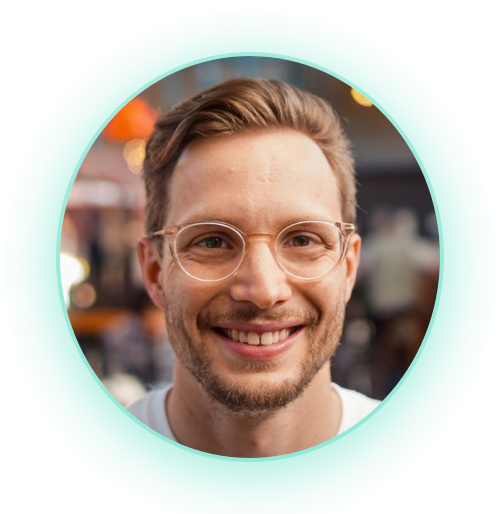
“When you were growing up, did you already have an awareness or curiosity about how different products and brands came to be?”
I would say when I was quite young, I didn’t really care that much about brands and things. In high school, I did start to care about building things, but I still wasn’t really thinking about ‘what is a good product/what is a bad product.’ Asking questions like ‘why is Apple such a good brand‘ only really started at University.
It was around the time when I bought my first Apple product. It got me thinking, ‘why would you spend so much money on a MacBook, when you can buy a windows laptop with much better specs?’ I realized that most poeple don’t buy because of specs, there’s an emotional aspect. That’s what sparked that particular epiphany, that small details can matter a lot.

I tried to get more into this thinking, about why I like some apps more than others even though they have fewer features. It sparked my interest in UX and got me thinking about what makes a good product.
“Did you have any people in your life growing up who encouraged you to join tech? Maybe a family member or a family friend who worked in the industry?”
Not really, basically, everyone in my family is a lawyer. I’m the only one who didn’t pursue a legal career, which wasn’t a problem!
Most of my friends during high school were not really into tech or UX. Obviously, now that I moved in this direction I’ve met a lot of people in these spaces, but I wouldn’t say it’s something that came from my family. It kind of developed on its own.
“How did your educational background prepare you for your current role as a Senior PM? What did you extract from those years?”
My background is a mixture of computer science and business. If you look at PM, that is not really something covered at university. Especially not in Germany! If we’re looking at the product scope in Germany, it’s only really startups and big US tech companies which even have the role in the sense of how we understand it. Other companies may have something similar which is not called Product Manager, or something called Product Manager which is actually very far from how we understand it.
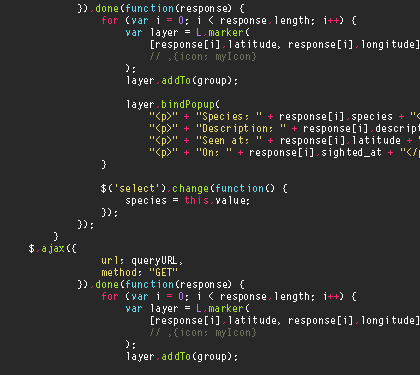
On the other hand, the university gives you exposure and time to think about things and learn about the basics it connects you to other people who might go in this direction. It enabled me to do an internship in San Francisco, which was the first time I really got exposed to these roles.
“While you were doing your internship, what struck you as the main differences between the tech scene in Germany and the tech scene in Silicon Valley?”
In Germany, founding a company is still very niche. Right now I’m in Berlin which is kind of the startup hub, but even here people are focusing on the really hard facts, on execution, making revenue early and these kinds of things. In the German mindset, working in a startup is still quite exotic or risky.
In a similar way, San Francisco exists in it’s its own bubble. There’s a focus on the vision, ‘I have a great idea which will change the world, yes I might not make profit for 10 years but this is something worth pursuing, I’ll just do it.’

So people in the US are doing things with more passion, leading the way so people will follow you on this journey. That’s something special to the US at the moment. It creates a lot of excitement.
“Your early career experiences are similar to your studies. Would you say that this combination of tech and business is what makes a Product Manager? Is there anything you would add to that?”
It is definitely a good combo for becoming a PM, but I wouldn’t necessarily say it’s the only one. PMs come from a lot of different backgrounds, and it’s good that it’s like this.
This role can vary a lot, if you have a team of PMs it’s good to have people from different backgrounds, as they can add a new perspective and a different point of view.
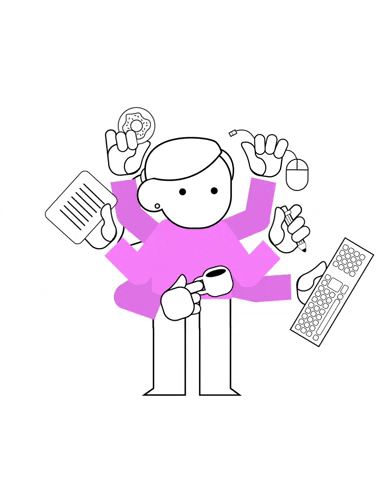
But obviously, some backgrounds are more suited to becoming a PM than others; UX/Design, tech, and business. It’s nearly impossible to be great at all three, but if you manage to have a good understanding of two of them, you’ve got a great start.
“For a short amount of time, you were actually an advisor to the Serbian government. PM in Public services is a growing market, but it’s still not very visible. What was your experience in this space, do you think they’re ready for the tech revolution and to make the most of Product Management?”
That’s a very good question. What I did in Serbia was a little bit special, as it was in the context of an economic development program. In general, I’d say that no government is ready for the tech world. The US government is doing OK compared to Germany for example. But everything is still very dependent on old ways of working and traditional structures.
For example, the incentive structure. Startups work because they allow people to follow their passion and also a lot of people get very rich! There’s not a lot of incentive for government workers to go above and beyond.
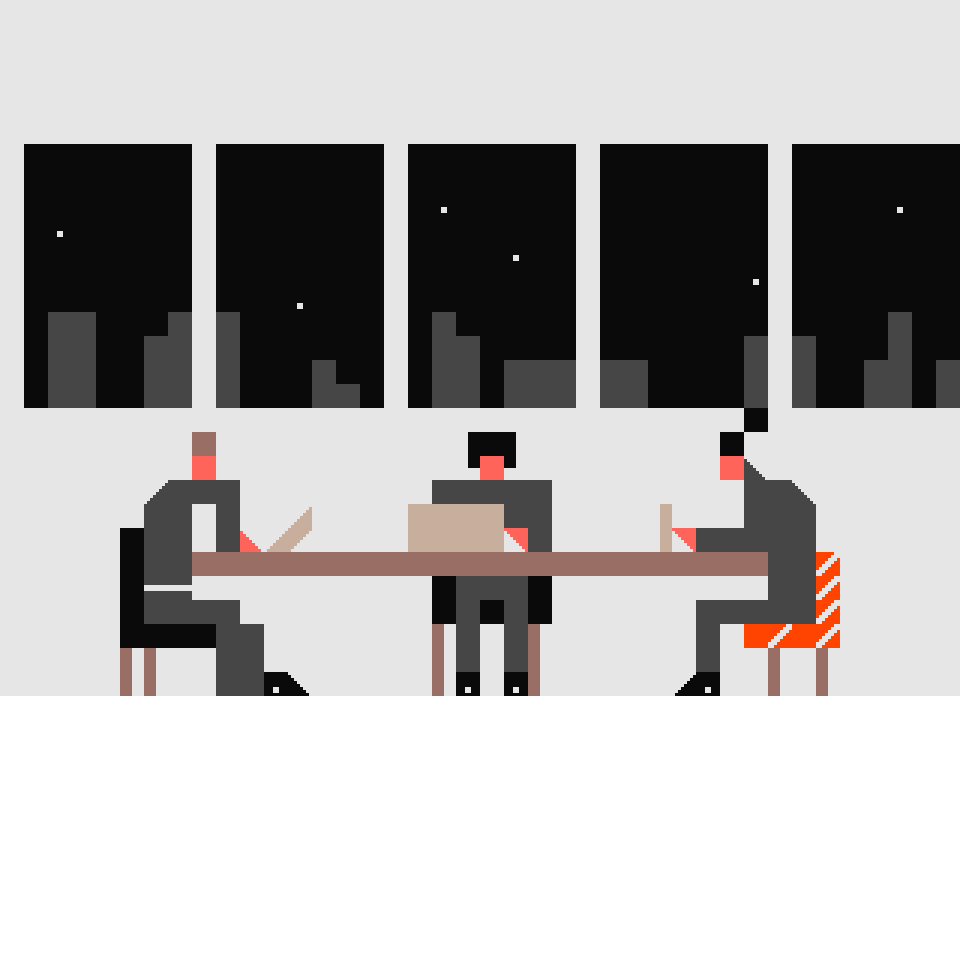
It might take another decade to change, but I have seen some cool things. In Sweden, I was impressed when I saw a government-sponsored way to authenticate users and handle identity management. It makes it very easy for FinTech and health startups that operate in regulated spaces and need to authenticate users to implement this government solution, and go to market very quickly. That was very interesting.
But on the other hand when governments go in this direction, we still have the issue that we are split up into different countries, and government will only build things for themselves. Whereas companies, because they want to maximise their impact, will at some point go global. So there are many problems which cannot be solved by governments, at least at the moment. Maybe in a locally efficient way, but not a globally efficient way.
“So after your time in Serbia, you co-founded Hoops. What do you think makes a company founder? Can just anyone do it, or does it take a special kind of background or personality? Do you only need a clear idea of the problem you’re trying to solve?”
In general, I think that anyone can do it. The most important thing about founding a company is that you actually do it.
There are a lot of people who say, “OK, these people and I want to start a company.” And then they go out and try to find a problem to solve. But most people start with the problem. 99% of the time, you don’t have a clear picture of what the solution will look like or what the important parts of the problem are, at least at the beginning.
It’s really a journey, which is inherent in Product Management itself. You have a problem, you put something out there to solve it, and you learn from it. The important thing is that you actually do it. Of course you need to do your research, test the market, probably get funding…but at some point you just have to get something out there. Because if you have nothing out there, there’s nothing for you to learn from.
So a founder needs to be passionate about what they’re doing, and needs to have a level of persistence to at least get that first version out there.

“How did you slowly learn about the essential steps to building a company? Was it a difficult learning curve?”
Of course, we made a lot of mistakes along the way! Hoops didn’t actually exist for very long.
We started with a completely different idea. We had a team, we had the problem to solve, and we came up with a prototype. And then we just got out there and talked to people and we realized that what we’re trying to build, we think it’s nice but no one will actually use it!
So we went in a different direction, and what actually happened is that we built a new prototype. What killed us in the end is that we were a little too slow. We didn’t fully commit to it. At that point in time we were at university, on a kind of full time basis. So we just worked on this at the weekends and in our free time. We weren’t in a hurry.
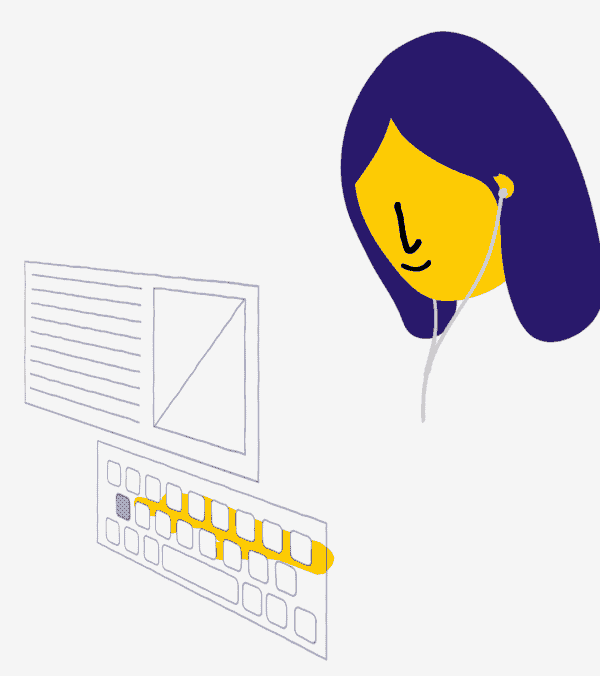
Three months before we were ready to release, someone else more or less released the same thing, and it was very successful. At the same time we had university exams, and someone else on the team got a job offer from Google. So we had to decide if we’d go all-in and up against such competition or not. Which was essentially the end.
It was great to do. We did a lot of coding, and we learned a lot. We talked a lot to users. Most valuably, we did a complete pivot, which was an important learning tool. It teaches you to be humble.
“Can you tell us a bit about when you founded WeDesignYourPage? What was that experience like?”
WeDesignYourPage was really the first thing I founded. At college I realized that my level of web development was more or less the same as others who were charging for their services, so I thought ‘why not?’, rather than work as a waiter or something at college.

I saw that smaller companies and individuals who need website solutions don’t have the budget to pay for a larger agency. And I also know that when you study something like computer science, you end up with a network of people who want you to help them. ‘Fix this for me’ or ‘build a website for me’. So I wanted to bring together a collective of CS students who could use their network to make a little money on the side.
It went on for about five years, with some years more successful than others of course. But it was a nice experience, I only really stopped because I lost interest in it.
“At Ginmon, you became a Product Manager for the first time, although you were already doing a lot of Product Management before. What was it like to finally have the title?”
It was a lengthly transition, as you say I’d already been doing things in my companies which had been very closely related to Product Management or contained PM work.
In my first Product Management role, I actually spend about 60% of my time coding, so it was really a step-by-step transition. Once I came to N26, that was the first time that I did only Product Management.

But I think it’s a really valuable experience to come to the role in this way. I really did wear many hats, and embodied that mindset to the core. I wrote production code, designed for production, and organized the work with other developers. I had some aspects of everything, which was a great start.
“And you also had a lot of mobile experience. Other than obvious design differences, what would you say are the biggest differences between mobile and web development?”

On a technical basis there are different release cycles, as apps have to go through the stores. If something goes wrong, you cannot fix the problem immediately. So that adds a stress level to mobile development. You definitely have these deadlines that you need to meet at some point.
There’s also a difference in how people view apps. It’s something that people download very quickly, and for some reason desktop applications seem more serious to everyone.
“You finally joined N26 as a Product Manager. What are your current tasks like?”
I’m a Product Manager for a group called Foundation. We’re basically building core functionalities that are integral to keeping N26 running. My work especially focuses on trust building and the intersection of security and user experience. So they’re quite technical things, I guess they could come under the umbrella of Product Infrastructure.
On a more operational basis, I’m responsible for vision in these segments, to define and scope out the things we are actually building. It also includes day to day management of developers. So it has operational aspects and some strategic aspects.

“How big are your teams? Do you have a big pool of internal stakeholders?”
I currently have two teams, both of them around six engineers, with native developers, back-end developers, and a designer.
As for stakeholders…we have a lot.
It’s always a question of how you want to define the term, but as we’re building core functionalities all other Product teams are to some extent stakeholders. We are a bank, so of course we have a lot of stakeholders in legal, compliance, banking…marketing, PR, customer service. By now we’re also a pretty big company. In most cases we have more stakeholders than team members.
“How do you adapt to the needs of these different stakeholders? How do you keep the flow of communication going?”
Different stakeholders vary depending on whether they are external or internal facing. But in the end, I would say that stakeholder management comes down to the same things, always.
When I encounter a stakeholder I ask myself, ‘what drives this person? What is their stake in this? What do they expect from me?’ Everyone has some kind of expectation of what the PM is for them. Some consider you to be providing some kind of service, where they tell you what to build and you have to build it. Some others might just view you as a source of information, others want you to solve their problems. So there’s very different levels.
One other thing that is very important, is that people will also expect a different level of communication from you. Some just want to know that everything is OK and don’t want the details, others will want more regular updates. Figuring that out is very helpful.
Sometimes it’s difficult and you’ll be annoyed by other people, so it’s important to bring in a level of empathy and try to see things from their perspective. Things might annoy you, but make a lot of sense when you hear it from their perspective. It helps you maintain a productive relationship with them.

“When it comes to FinTech and such spaces, we’ve seen some PMs express frustration at having to bend to regulations, and others saying ‘you just have to get on with it, this is the space you’ve chosen.’ What’s your take on this?”
I think it comes back to the same attitude you need for stakeholders. You’re not dealing with a regulator who personally hates you, it’s their job. And also the regulation itself, as annoying as it may be is there for a reason. Perhaps it’s not done in the best way, but what it is often telling you is ‘this is an issue we perceive to be there, and companies are not willing to solve this problem themselves, so we have to force you.’ It also points you towards a customer problem, which at the end of the day is your job to fix.
“So what about creativity. How important is that for a Product Manager?”
I think it’s an important thing. If you look at one PM in isolation, they’ll never have all the skills. That person doesn’t exist.
If you build you product management team, you need a mix. You need creative people, people who are good at communicating, people who deliver on time. Ideally, everyone is good at at least two things.
Overall creativity is important because the core of PM is finding solutions to problems. And that in itself is a creative process. Especially if you’re in an environment with a log of regulations and restrictions. It’s hard to measure creativity, I don’t believe it’s something people are born with, it’s something you develop. It’s not like artists wake up one morning and they can make a masterpiece. No one talks about the 100,000 other paintings they made before the masterpiece and threw away.
Updated: January 24, 2024





